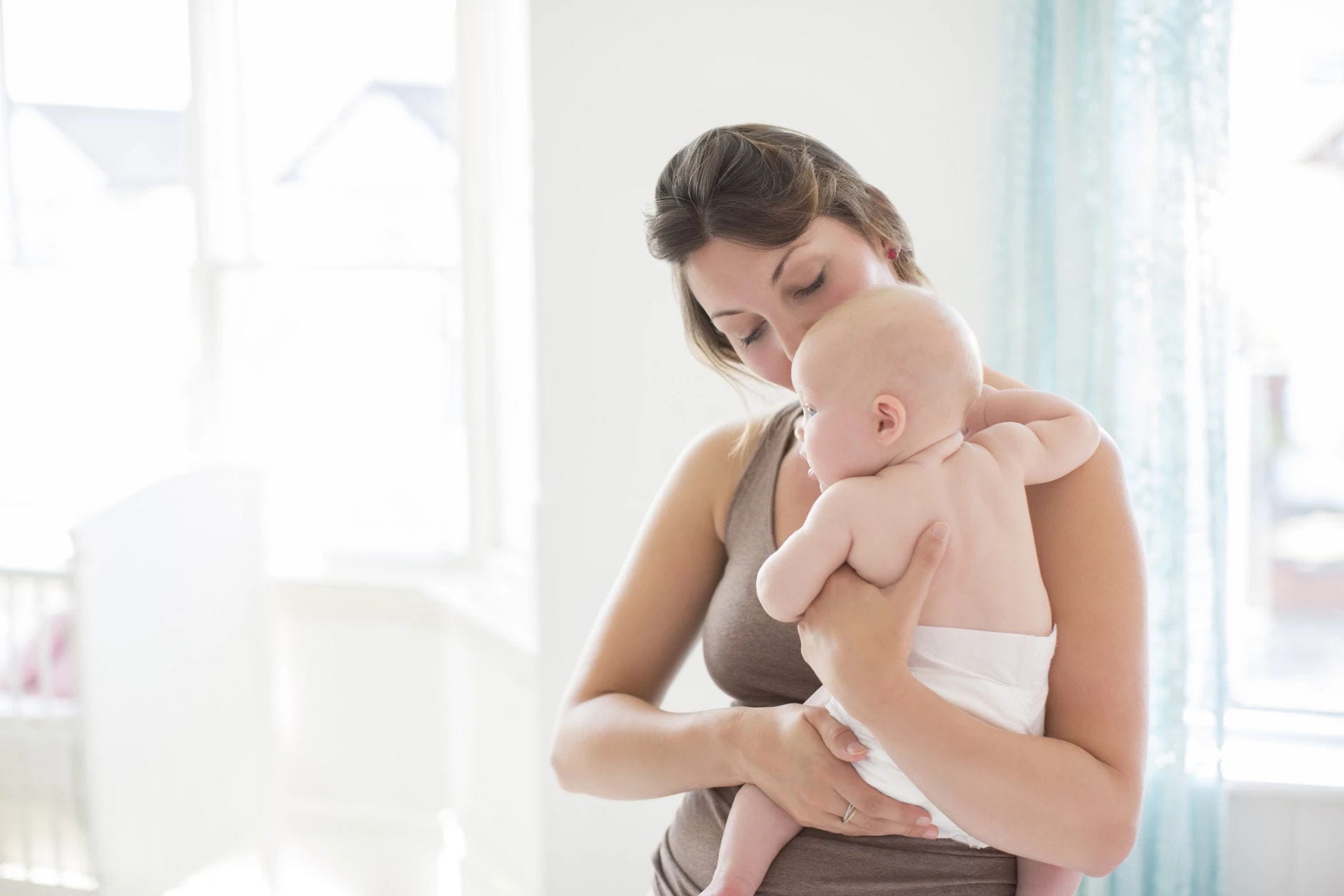Expressing your breastmilk can be a really important part of caring for your new little baby. It means squeezing milk out of your breast so you can store it by refrigerating or freezing it and feeding it to your baby when you need to at a later time. You may want to express your milk if you have to go out and be away from your baby for a while, if your breasts feel very full and uncomfortable, if your baby is not sucking too well or perhaps if your baby is ill or premature.






?ts=1758147007305&dpr=off)







